GAR 2024 Case studies
The UN Global Assessment Report on Disaster Risk Reduction (GAR 2024) report presents 10 case studies, each one with a forensic risk analysis, which systematically examines and investigates the disasters to understand their causes and impacts, as well as the effectiveness of any mitigation measures.
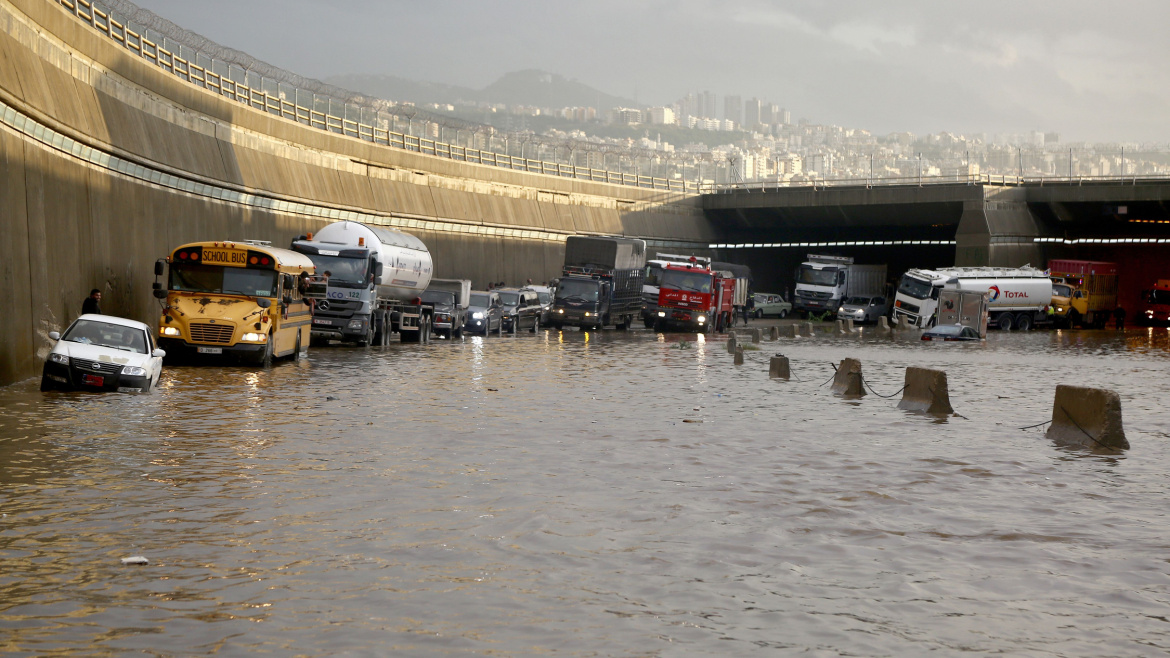
Lebanon floods, 2024
After seven days of heavy rain in January 2024, two rivers in Northern Lebanon flooded simultaneously, covering a large area with mud and debris. Coastal roads were submerged, blocking food aid distribution and preventing some people from getting to work.
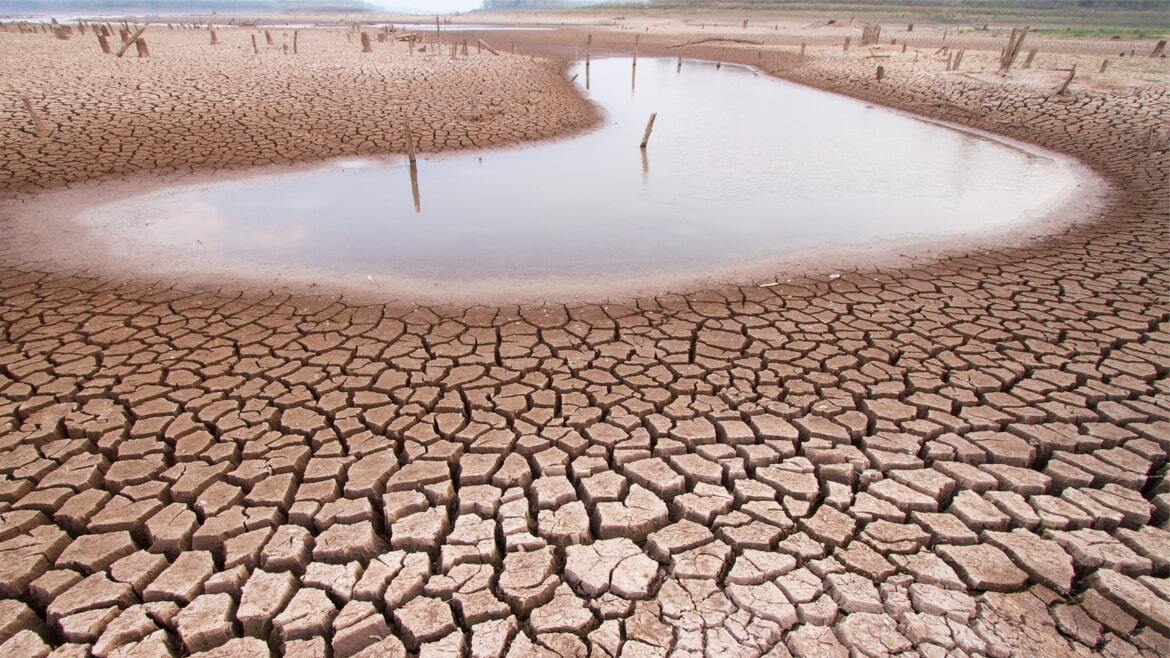
Horn of Africa floods and drought, 2020-2023
The eastern Horn of Africa is currently experiencing increasingly intense and recurrent cycles of flooding and drought. Across Ethiopia, Kenya and Somalia, the 2020-2022 La Niña event was the most severe in 70 years due to its high intensity and its three-year duration, leading to at least four consecutive failed rainfall seasons. The region experienced extreme rains in 2019-20, followed by widespread and devastating floods, then a drought from 2020 to 2023, and severe flooding in 2023-2024.
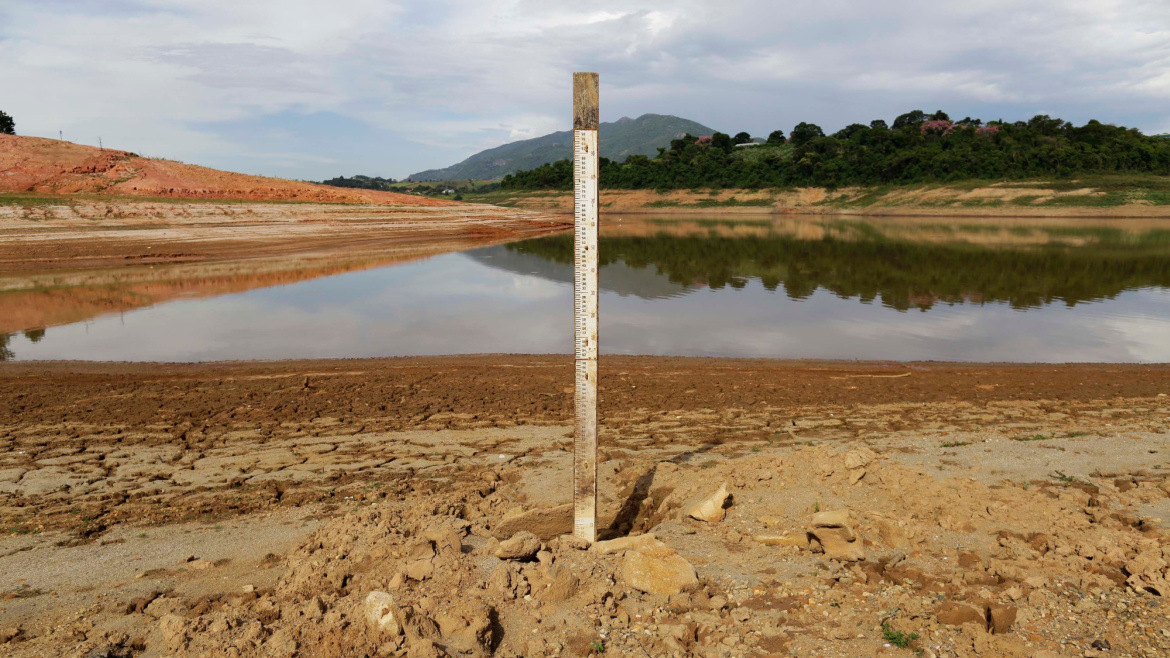
Central America drought, 2023
Droughts have been a persistent hazard in Central America for more than 12,000 years, impacting ecosystems, life zones, and resource use. While these dry spells vary in size, duration, and impact, they have been handled in very different ways.
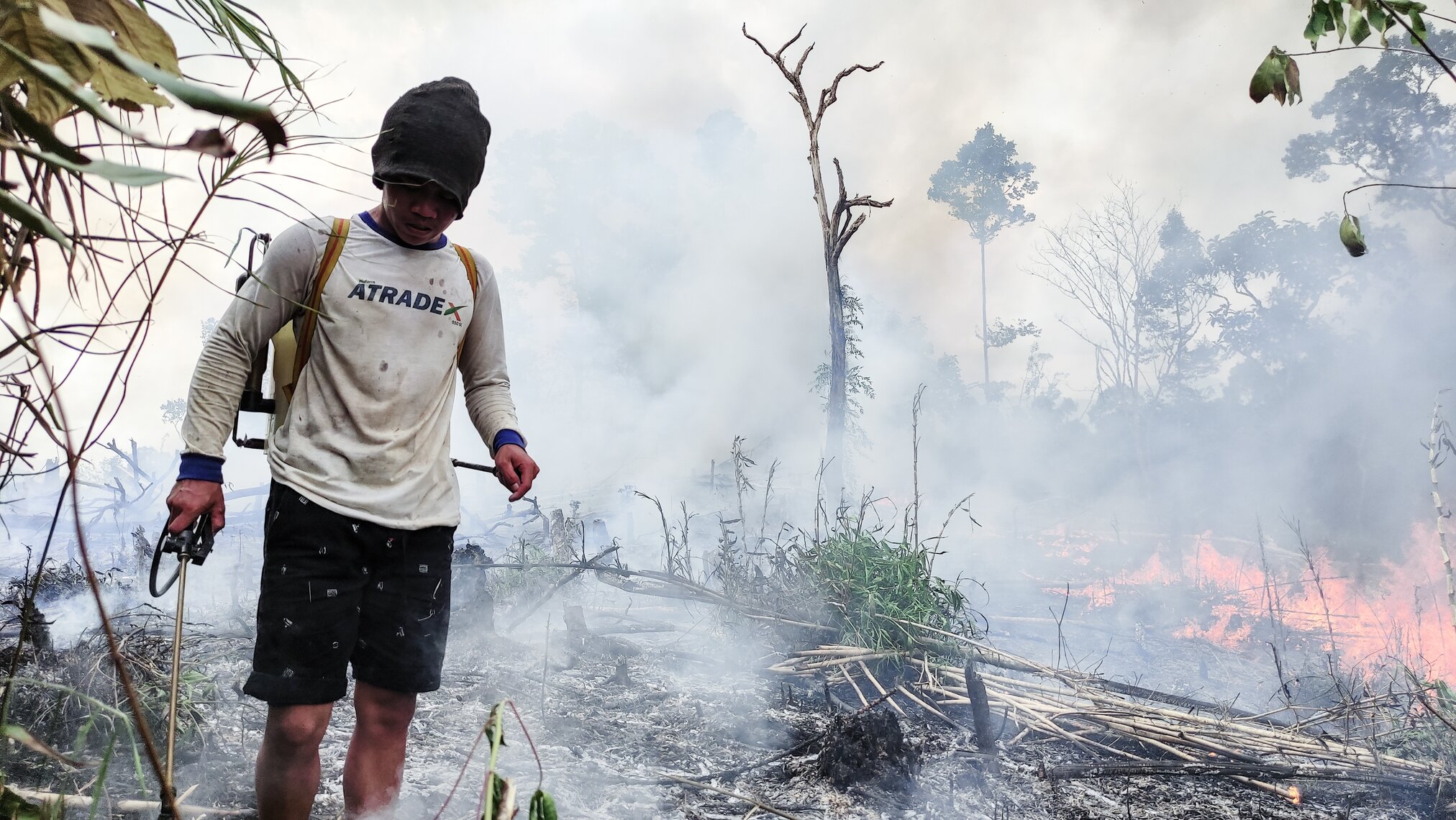
Indonesia wildfires, 2023
In 2023, Indonesia experienced a significant surge in wildfires, with the total area burned reaching 1.16 million hectares (2.87 million acres), a fivefold increase from 2022. This dramatic rise in fires was largely attributed to the El Niño phenomenon, which caused prolonged dry conditions across the region.
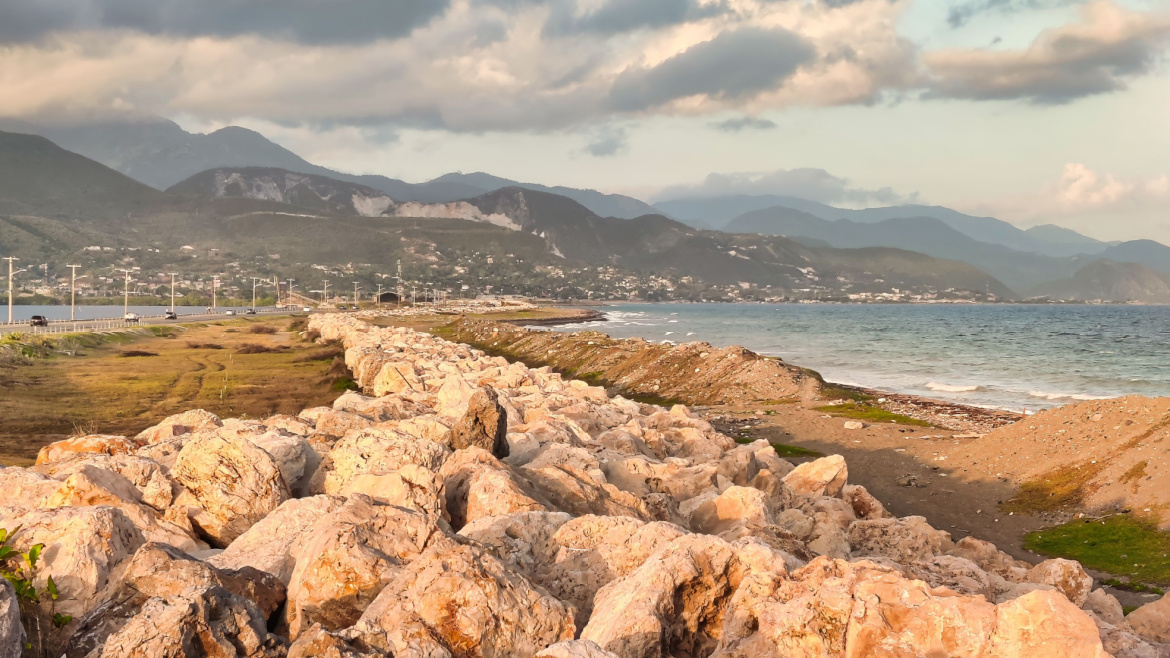
Jamaica floods, 2021
On January 8, 2021, heavy rains deluged Jamaica's Montego Bay, flooding roads and damaging vehicles and buildings alike. A total of 40mm of rain fell in a short period, affecting an estimated 933 people, including several injuries in the town. Montego Bay is home to a major cruise ship port, an airport, commercial centre, beach resorts, and golf courses.
The event was not unique in the sense that Montego Bay has experienced several major floods in the past decade, occurring roughly once every two years.
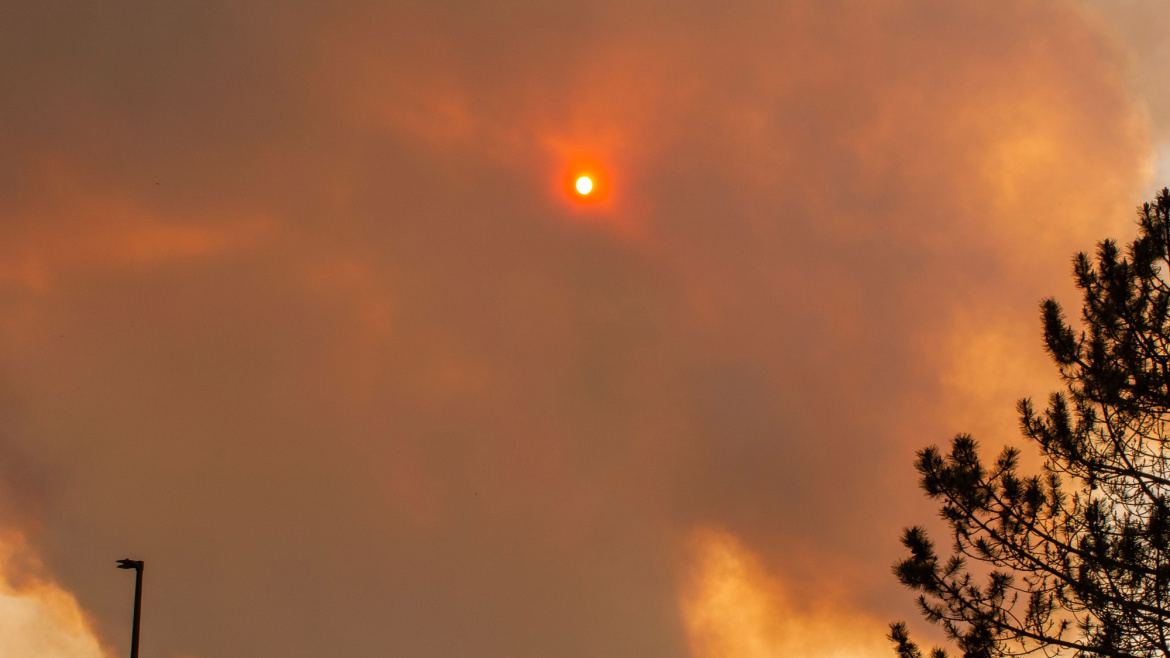
Canada wildfires, 2023
The 2023 wildland fires across Canada were unprecedented. In Alberta, the fires became out of control in late spring, followed by large wildfires in Quebec, Nova Scotia, Northwest Territories, and British Columbia as the summer progressed.
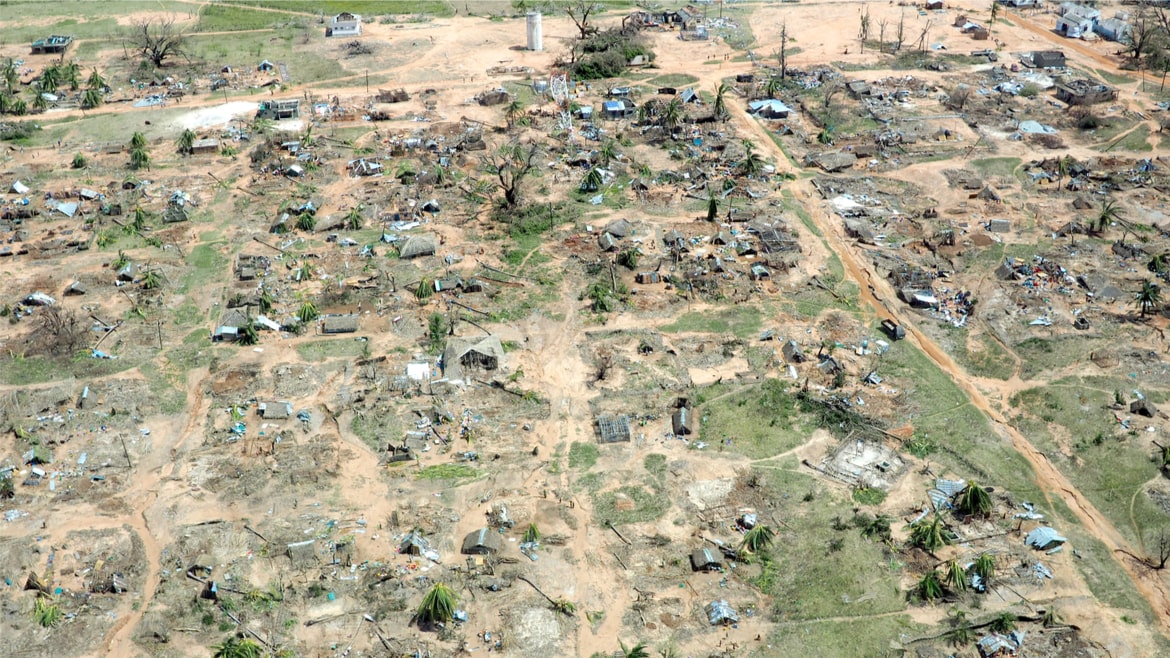
Southern Africa cyclone, 2023
Tropical Cyclone Freddy was an exceptionally powerful storm with a record-breaking lifespan and strength, as well as an unusual trajectory. Between February 4 and March 14, 2023, it travelled across the southern Indian Ocean from Indonesia to southern Africa, impacting Madagascar, Mozambique, southern Zambia, northeast Zimbabwe, and Malawi.
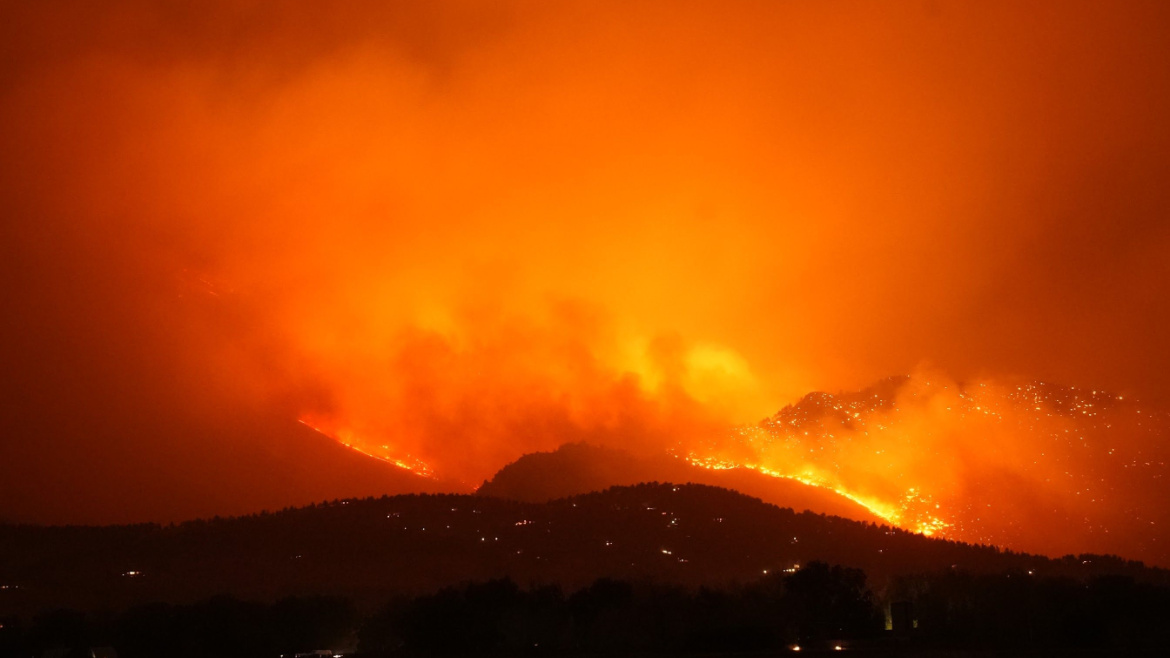
US wildfire, 2021
In December 2021, Boulder County experienced the most destructive wildfire in Colorado's history. The fire began in a grassy area in the suburban town of Marshall and spread rapidly due to strong winds, which reached up to 160 kilometres per hour (45 meters per second). An unusually wet spring had led to abundant grass growth, which, combined with an exceptionally warm and dry summer and fall, followed by a lack of snow, created ideal conditions for the fire to spread quickly.
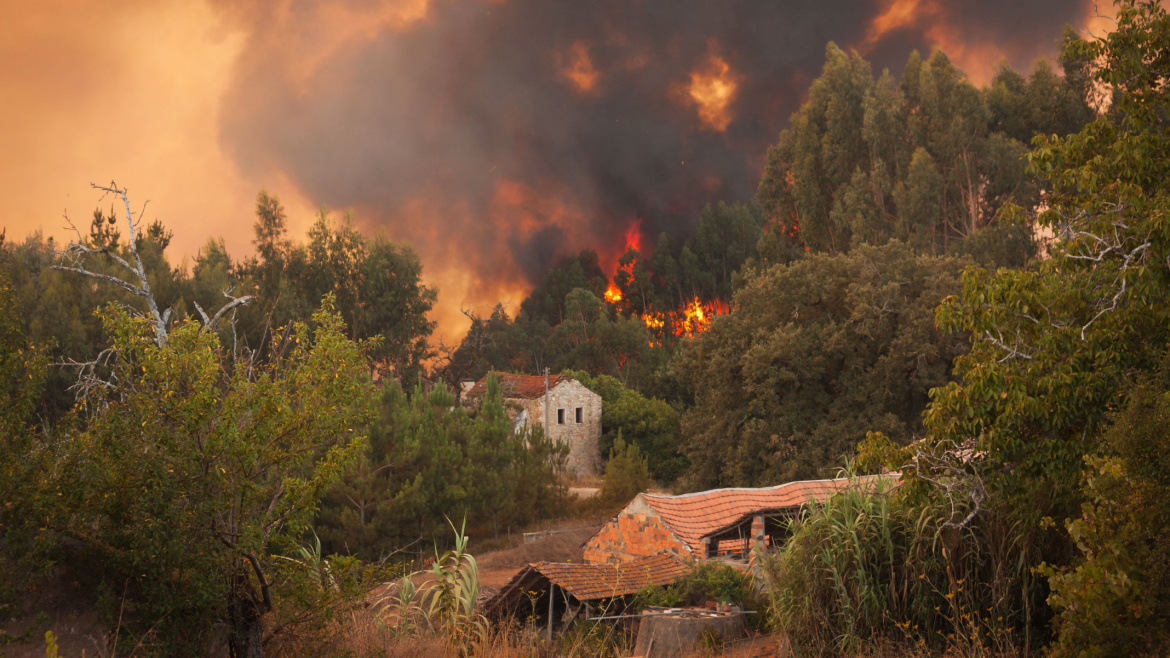
Portugal heatwave, 2022
During the spring and summer of 2022, Portugal experienced more than four distinct heatwaves, the most severe of which ran from July 2 to July 18. This exceptional event killed almost 2,400 people and triggered several devastating forest fires.
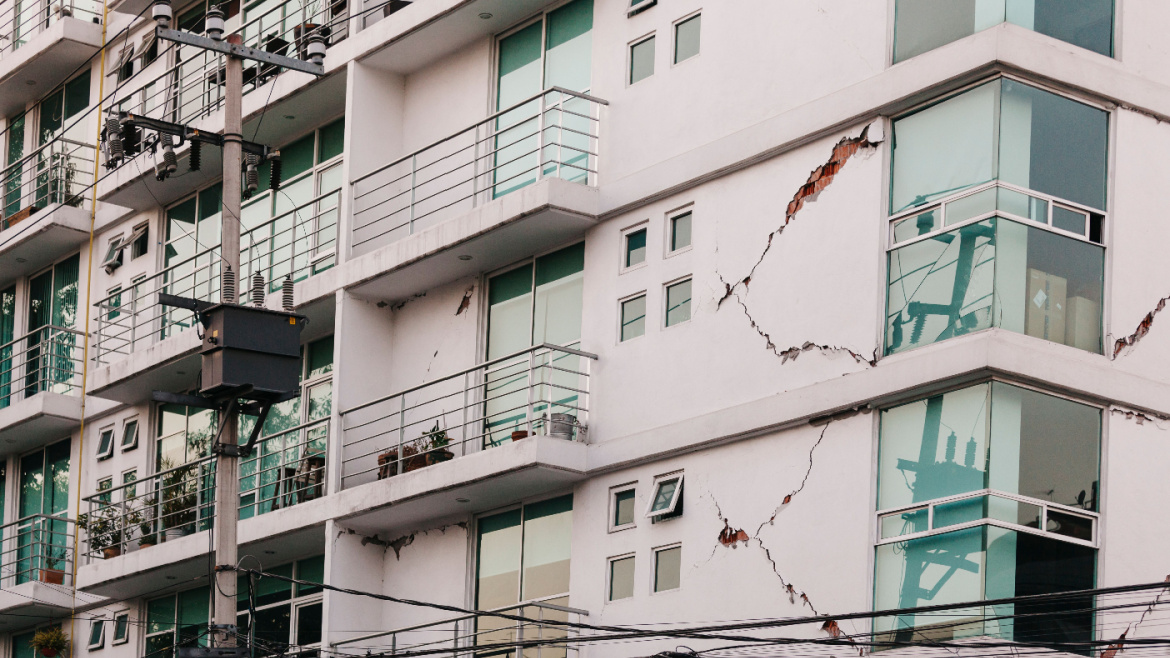
Mexico earthquake, 2017
On September 19, 2017, in the middle of the day, an intraplate earthquake happened about 120 km from Mexico City at a depth of 57 km. Intraplate earthquakes are less common than other types but have occurred in Mexico City since the 1970s. One feature of these earthquakes is that the trembling intensifies as the seismic waves propagate further from the epicentre.